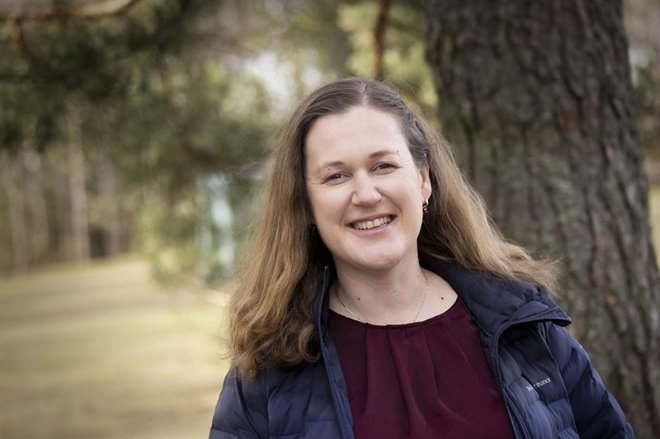“You discover one thing – and then 10 new questions arise”
“I generally research subjects I find exciting, and sometimes it may seem a bit disjointed. It has been enriching for me because it allows me to draw inspiration from methods from different research fields and take the best from each discipline,” says Tove Fall.
In her current research on gut flora, she has benefited from the Scapis population study and biobank, which is based on data from over 30,000 people aged 50-64. Participants have undergone CT scans, ultrasounds, and lung function and blood tests. Their physical activities were registered, and they were asked to answer questionnaires about their lifestyles.
But there had been no plans to study the intestinal flora.
“However, there was a smart opening that would allow an individual researcher to add studies, which enabled an individual researcher like me to add questions and a faecal sample at a relatively low cost.”
This field is hot, not least because new opportunities have opened for mapping the intestinal flora using DNA sequencing, which was previously very cumbersome.
Backed by data from the vast biobank, Tove Fall’s research team applied for and was awarded a five-year grant from the European Research Council, and they got to work.
Two studies have been published under the project so far. The first study mapped the relationship between gut flora and small molecules, metabolites, in the bloodstream.
“We found numerous relationships, and many strong ones. We are talking here about statistical association and correlation, but in most cases, you can’t tell which is the chicken and which is the egg.”
The article was published in Nature Communications and the mapping, called the Gutsy Atlas, was posted online, and received considerable attention.
“This article is probably the one that has given me the greatest feedback from other researchers. It may well be a starting point for many research studies,” says Tove Fall.
The second study was published this summer in the journal Circulation and deals with the relationship between gut flora and atherosclerosis, as measured by computerised tomography. Tove Fall describes the work as a fishing expedition, screening over 1,500 bacteria and sometimes getting lucky.
The research team found, among other things, that when certain oral bacteria, especially streptococci, were present in high levels in the gut, it was linked to increased plaque in the blood vessels.
Both studies raise new questions and highlight the need for more studies. When Life Science Sweden spoke to Tove Fall, she was in the process of applying for new grants to continue her research.
“This is often the case with research. You discover one thing, and then 10 new questions arise. Why does it look like this? How is this connected?”
Tove Fall is one of the speakers at Life Science Sweden’s Bioscience – Research & Diagnostics Through Innovative Technologies event on 8 November in Stockholm. Learn more at bioscienceevent.com.
Se mer om eventet Artikeln är en del av vårt tema om News in English.

 Av
Av